
New Micro Energy Grid on Sable Island
Sable Island Goes Greener: A Major Step Toward Sustainable Operations Yesterday, I attended an announcement by Parks Canada in Halifax about a $5.1 million

Canada is a winter nation. Especially so for wildlife photographers. We operate photography tours all year round in Nova Scotia from visiting a snowy Peggy’s cove lighthouse with no one around. Photographing bald eagles at t he Eagle Watch in the Annapolis valley, to exhilarating day trips to remote Sable Island National Park Reserve off the coast of Nova Scotia.
But colder weather offers unique challenges to photographers no matter your skill, camera or smartphone.
Some of my favourite winter images have come from the more extreme conditions. With a unique winter adventure to a place like Sable Island , you don’t want to miss the photo opportunity of a lifetime! So below are a few of my favourite photography tips from last winter on Sable Island.
1. Keep your batteries warm
Put a fully charged battery in the camera before you venture outside. The cold can drain batteries quickly. Keep extra batteries deep in your coat pockets close to your warm body. Bring cords, cables or a power pack to recharge your phone at Main Station during the break.
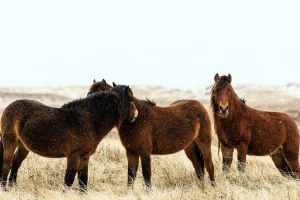
5. Tripod
Wind is the biggest enemy you don’t want to change lenses from zoom to wide very often – try a single lens that covers everything from wide to zoom, or bring a second camera body for two different lenses. Maritime Lens & Equipment Rental has a small number of lens to rent here in Halifax. I have an 18-300mm lens on one camera, and then a 200-500mm lens on another camera body.
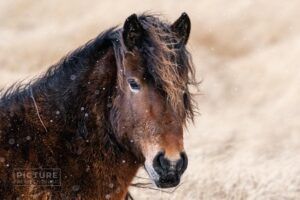
With lower light and overcast conditions, set your shutter speed set to high (above the longest length of your zoom (ie; 500 mm soon = >1/500th second shutter speed). Or switch to auto shutter and ISO to reduce motion blur in your images.
8. Rapid Weather Changes
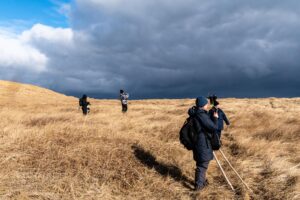
Today’s camera meters are designed to be smart enough to know you’re photographing snow. But if the snow looks dull and grey instead of white, overexpose the scene a little by +0.3 or +0.7 or even a full +1.0 stop. It’s better to lose a little detail in the bright white snow then have granular detail in a flat grey image.
10. Turn off image stabilizer

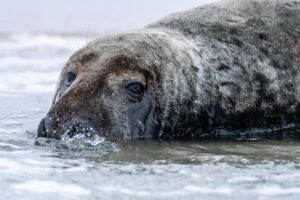
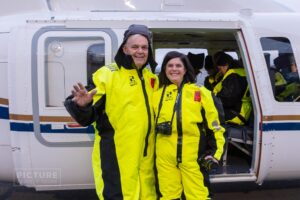
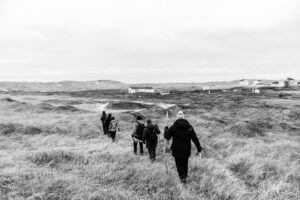
It’s so important to get outside and experience the nature in the depths of winter and doing so with your camera to capture the natural world around is exhilarating! Being prepared with the right gear and knowing some of the challenges and how you can easily overcome them will make the day outside not just enjoyable, but unforgettable. And you’ll have the pictures to prove it.
All the best,

Sable Island Goes Greener: A Major Step Toward Sustainable Operations Yesterday, I attended an announcement by Parks Canada in Halifax about a $5.1 million

Learn the incredible story and detective work to find the lost meaning of the painted night’s sky above above the altar in Lunenburg, Nova Scotia’s

Created in collaboration with A For Adventure and Tourism Nova Scotia, we spent a day creating video and photography content showcasing our new Collision Course:
Subscribe to our newsletter and stay updated.